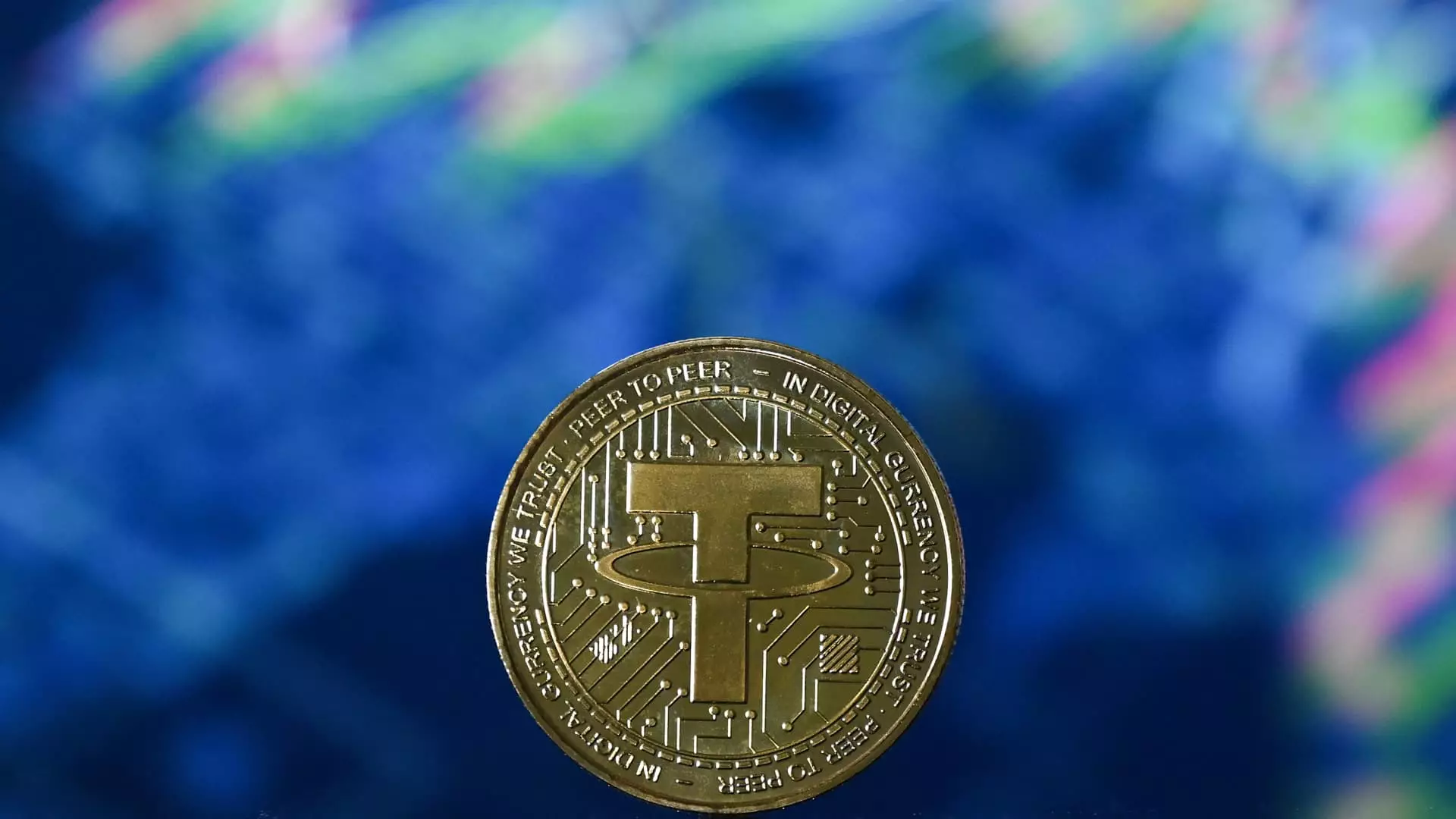The recent decision by the Securities and Exchange Commission (SEC) to delineate specific stablecoins as non-securities marks a significant moment in the evolution of cryptocurrency regulations. While the move appears to offer a semblance of clarity, it raises more questions than answers about the future of digital currencies and their regulatory landscape. The classification of “covered stablecoins”—those tied directly to the U.S. dollar and backed by low-risk assets—signals an acknowledgement of the necessity for a regulated environment. However, it also suggests a desire to contain and control the influence of these financial instruments rather than genuinely foster innovation.
This regulation has been met with enthusiasm from both lawmakers and industry leaders. President Donald Trump advocates for stablecoin legislation, aiming for swift congressional approval. Yet, one must wonder whether such haste comes at the expense of a comprehensive understanding of the implications involved. The SEC’s framework seems to dismiss the broader spectrum of functionality that stablecoins can offer, particularly in terms of yield-bearing opportunities, which many stakeholders believe are essential for engaging consumers.
The Conflict of Interest in Earning on Stablecoins
The SEC’s mandate that covered stablecoins cannot generate interest for users is a particularly contentious point. Some, like Coinbase CEO Brian Armstrong, argue that this prohibition undermines the market’s potential by limiting consumer engagement. By not allowing issuers to pay interest, we risk relegating stablecoins to mere digital representations of cash rather than innovative financial tools that serve modern needs.
This regulatory landscape appears to hinge on lingering fears surrounding consumer protections and systemic risk. While it’s essential to guard against fraudulent activities and ensure financial stability, the lack of allowances for interest payments seems misguided. It stifles growth and experimentation, which could advance the industry. Instead of being protected, consumers end up deprived of advantages that could come from participating in a dynamic offering.
The Growing Appeal of Stablecoins to the Average Consumer
The uptick in stablecoin adoption—from individual users to institutions—reveals its significance in the evolving payment landscape. With the market experiencing growth rates nearing 11% in a single year, and traditional financial establishments increasingly turning their attention to these tools, it’s clear that stablecoins are more than just speculative assets; they have the potential to become everyday financial instruments. Yet, as Congress dabbles in drafting legislation, the nature of the proposed laws could dictate whether we move toward an era of stagnant innovation or one ripe with possibilities.
The dominance of players like Tether and USD Coin reflects an ongoing shift in how transactions are conducted, pointing to a need for clearer frameworks that accommodate innovation while safeguarding consumers. Ignoring the growing complexity of this financial realm will hinder any efforts to integrate stablecoins into daily commerce effectively. When policymakers discuss these legislative efforts, a keen understanding of market dynamics is essential.
The Legislative Tug-of-War: Clarity vs. Compromise
In this legislative tug-of-war, two factions have emerged, each presenting differing visions for stablecoin regulation: the Stablecoin Transparency and Accountability for a Better Ledger Economy Act (STABLE) and the Guiding and Establishing National Innovation for U.S. Stablecoins Act (GENIUS). While both seek to address the stablecoin conundrum, they also exemplify the challenges of achieving a unified approach. It seems that Congress is attempting to pay homage to both transparency and innovation, yet this duality often leads to compromises that could further confuse consumers instead of empowering them.
Whether through reducing bureaucratic red tape or enhancing consumer protections, the regulatory framework must be forward-thinking. It cannot afford to treat stablecoins merely as shadows of older financial instruments without embracing their transformative potential.
A Call for Balanced Regulation
As we stand on the precipice of a renewed regulatory landscape, stakeholders must advocate for balanced approaches that enable growth while ensuring accountability. The SEC’s acknowledgment of certain stablecoins is a step in the right direction, yet the broader implications of such regulatory measures can either foster an era of financial innovation or stifle it altogether.
If lawmakers are genuinely committed to harnessing the potential of stablecoins, they must create environments that reward entry and creativity, not solely preserve commercial stability. The current discourse surrounding the treatment of stablecoins should reflect a consensus on their necessity in a diverse and dynamic financial future, embodying the driving spirit of both innovation and common sense.

